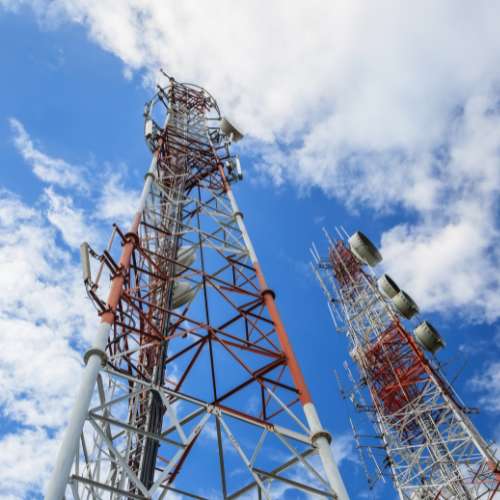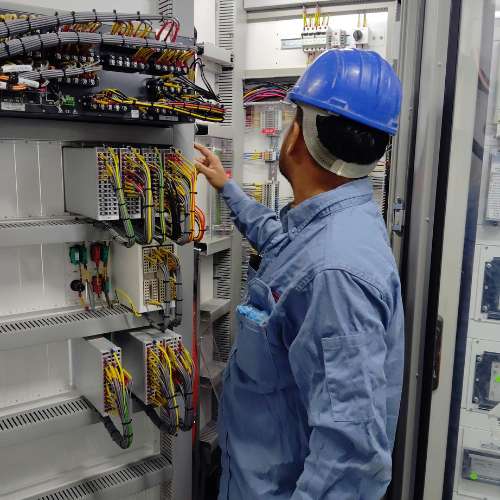
from the ACG Blog What Is Physical Layer Security—and Why Should Federal Agencies Care? Explore how physical layer security in...
News and Trend
In an age where cyberattacks dominate the headlines, many federal agencies are doubling down on firewalls, zero-trust networks, and software encryption. But one layer of defense is often overlooked—and it’s the one closest to the ground.
Physical layer security refers to the protection of the cables, hardware, and physical infrastructure that carry your data. For federal facilities, this is a critical part of protecting classified, sensitive, and mission-critical information.
Here’s what you need to know about securing your telecom infrastructure from the ground up.

Physical layer security involves securing:
Fiber optic and copper cabling
Patch panels, racks, and junction points
Telecom rooms and network closets
Entry points like conduits and handholes

Federal agencies manage data that could include:
National security intelligence
Immigration and enforcement records
Military coordination and field ops
Justice system case files
If attackers bypass your software security by physically intercepting your signal, your entire system is compromised.
Agencies are increasingly held to NIST, FISMA, and CMMC standards, which include physical safeguards as part of their security posture.
To build secure infrastructure:
Use armored fiber and secure conduit systems
Limit access to telecom spaces with badge, lock, or escort-only entry
Segment networks for classified vs. general-use systems
Label, document, and test every connection
Use tamper-proof enclosures and recessed raceways

At ACG, we install and protect telecom systems in military bases, DHS facilities, courthouses, and high-security campuses. We build with physical security in mind—so your systems are safe before a single packet of data moves.
From armored cabling and secure splicing to access-controlled network closets, our solutions are built to meet federal security standards.
✅ Want a physical security audit of your telecom infrastructure?
Contact ACG to schedule an assessment or request secure build specs.

from the ACG Blog What Is Physical Layer Security—and Why Should Federal Agencies Care? Explore how physical layer security in...

from the ACG Blog How to Write a Telecom Scope of Work (SOW) That Avoids Delays and Change Orders A...

from the ACG Blog Understanding OTDR: Why It Matters for Federal Fiber Optic Projects Learn why OTDR testing is a...
©2025. Access Communications Group, LLC